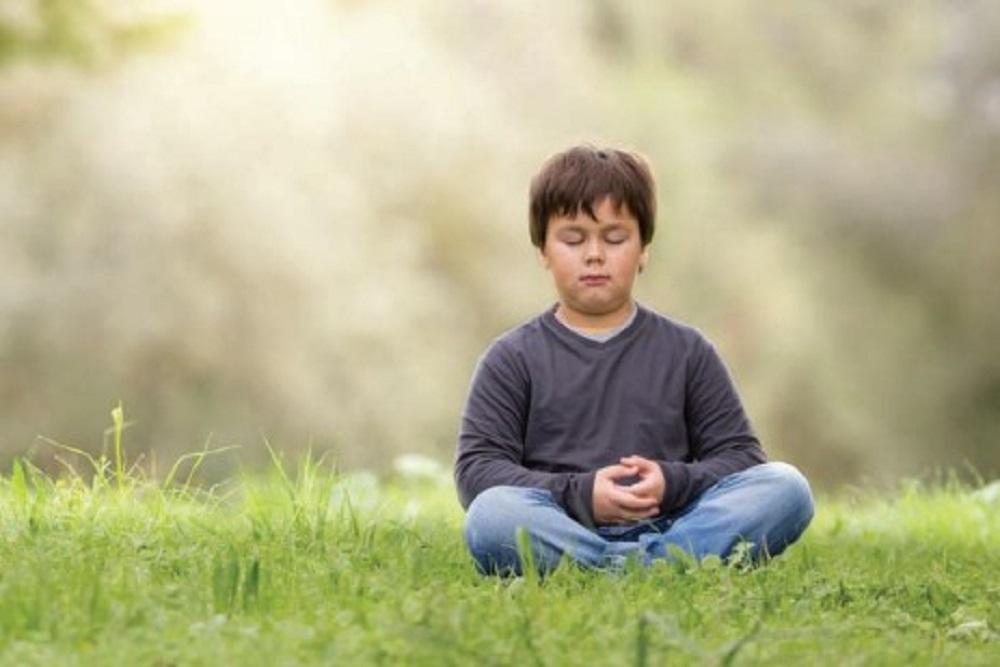
Reaping The Rewards Of Mindfulness In The Elementary School Classroom
Our students are living in a fast-paced world with information flashing before their eyes at a rate that would have been considered unimaginable just 10 years ago. How can we encourage them to settle their minds, be present in the moment and learn to their utmost potential with the competing distractions of buzzing devices and glowing screens?
That’s where mindfulness can come in. Mindfulness is a therapeutic practice of meditation that involves focusing on the present moment while quietly acknowledging any feelings, thoughts and bodily sensations. In the classroom, this means asking students to be still, relax their muscles, close their eyes and breathe deeply for a few minutes while they get grounded and centered.
After doing my initial research on mindfulness and learning the wide range of benefits of this practice – including promoting wellness and reducing anxiety, depression, stress and even symptoms of ADHD – I decided I would jump in with both feet and not look back. And am I ever happy I did.
After attending a workshop for educators by Sarah Kinsley, an experienced educator, child and family therapist and a senior facilitator at Mindfulness Without Borders, I got more and more excited about the possibilities of teaching guided meditation and breathing exercises to my students. I also familiarized myself with some short child-friendly recordings for meditation that I could share with both my students and colleagues.
Setting the tone for the students in my classroom was key. I saw the process through even when at times it felt like I was the only one buying into the practice. The message I continued to reaffirm with my students was that mindfulness is not a skill that comes naturally for most and that it will take both time and patience before we all start to fully reap the rewards. I used a personal comparison to help drive the message home. Mindfulness is like physical exercise in that when I don’t exercise for a while, I feel the stiffness of my muscles and joints. Once I get into the groove again, it becomes less challenging and more exhilarating.
Now my students and I are four months into our daily fi ve-minute mindfulness practice and have evolved so much as a group. We started off listening to recordings of guided meditations and learning how to focus on our breath, our body and our thoughts. We progressed to listening to relaxing music and being the creators of our own mindfulness experiences. As a class, we have had many follow-up discussions about what we liked from our experiences, what we found challenging and what we wanted to work on. The one thing we all agreed on was how much our focus and sense of wellness improved. Complete silence and stillness is not always something that comes easily to us, but we have come a long way from where we began.
Where will we go from here? My students have asked that we take our mindfulness exercises outdoors once the weather warms up. That way we can appreciate the sounds of the world around us and get in touch with nature. I’d love to take a mindfulness walk and pair breathing and physical fitness to promote mental health. Now that I have had this experience with my students and see the positive changes in their behaviour and attitude, I will never go back to a teaching practice without time for mindfulness again!
Follow these helpful links if you’d like to learn more about introducing mindfulness to your students: mindfuleducation.org and mindfuled.org.
Amy Smith is a member of the York Region Teacher Local.
